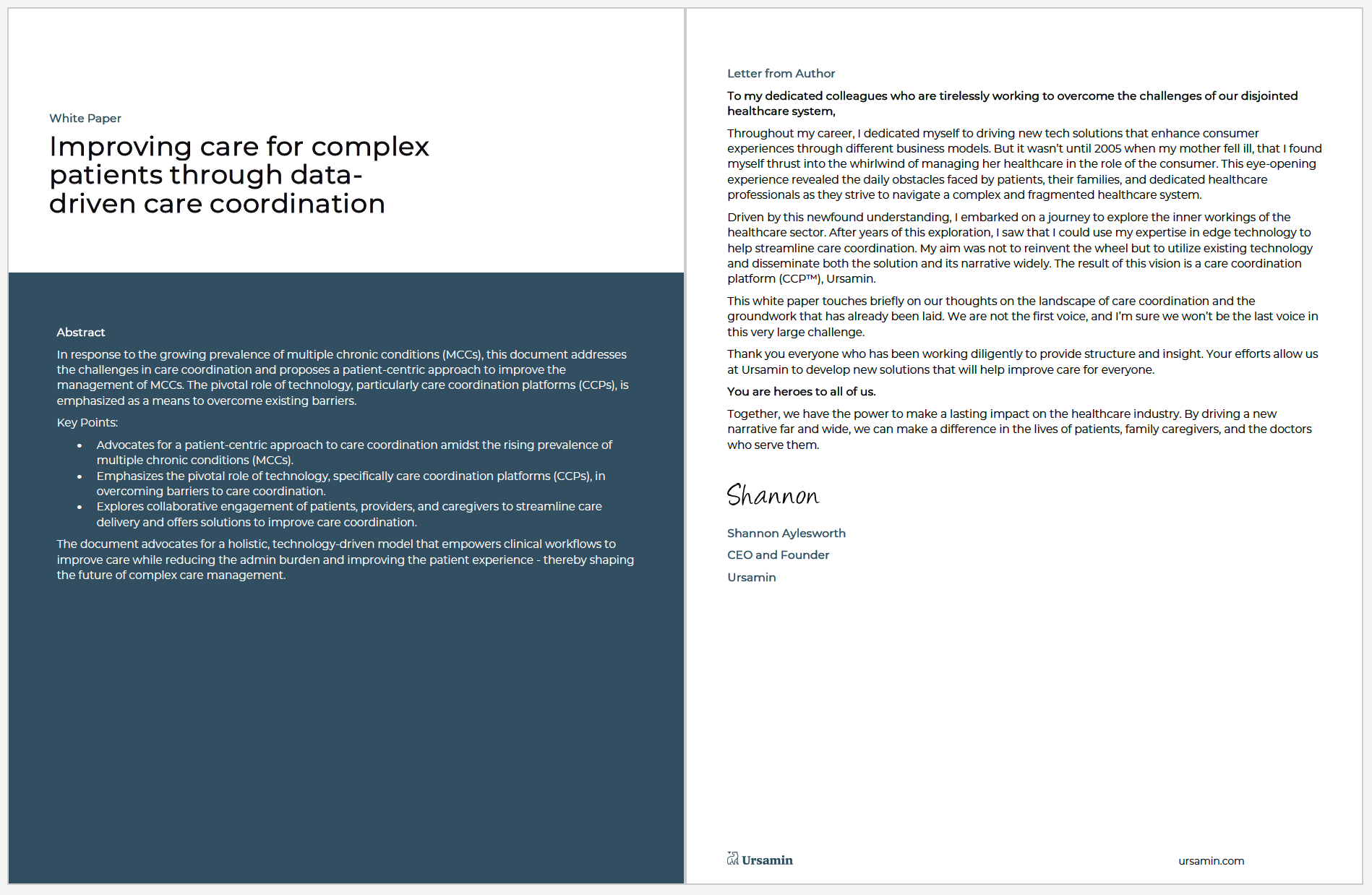In today’s episode of Unlimited Access, hosts Levi and Shannon Aylesworth delve into the emerging issue of polychronic conditions. Polychronic conditions, which refer to individuals suffering from three or more chronic illnesses, are quickly becoming a crucial concern in the healthcare sector.
According to Shannon, an astounding 86% of health care costs are attributable to chronic disease. The term has evolved due to the growing recognition that chronic conditions are interlinked. One condition can lead to another, creating a domino effect of health complications. A patient with diabetes, for instance, doesn’t only grapple with high blood sugar levels; they often contend with related issues like neuropathy, kidney disease, and heart problems.
Beyond the physical symptoms and complications, managing polychronic conditions poses significant logistical challenges. Patients often see many specialists, leading to 12-14 doctor visits every quarter, a tiring mental and physical endeavor. The lack of a unified health record system also means that these patients or their caregivers must act as the bridge, connecting their numerous physicians.
But what does this fragmentation mean for healthcare providers?
Specialized doctors often have a myopic view of a patient’s health, focusing solely on the condition without a holistic perspective. This segmented approach can result in prescribing medications that conflict with or contradict treatments from other doctors, exacerbating health problems.
The focus should shift from a disease-specific model to a patient-centered approach to transform healthcare. The ultimate goal is to consider the patient holistically, understanding the interconnectedness of their conditions and tailoring a comprehensive care strategy.





